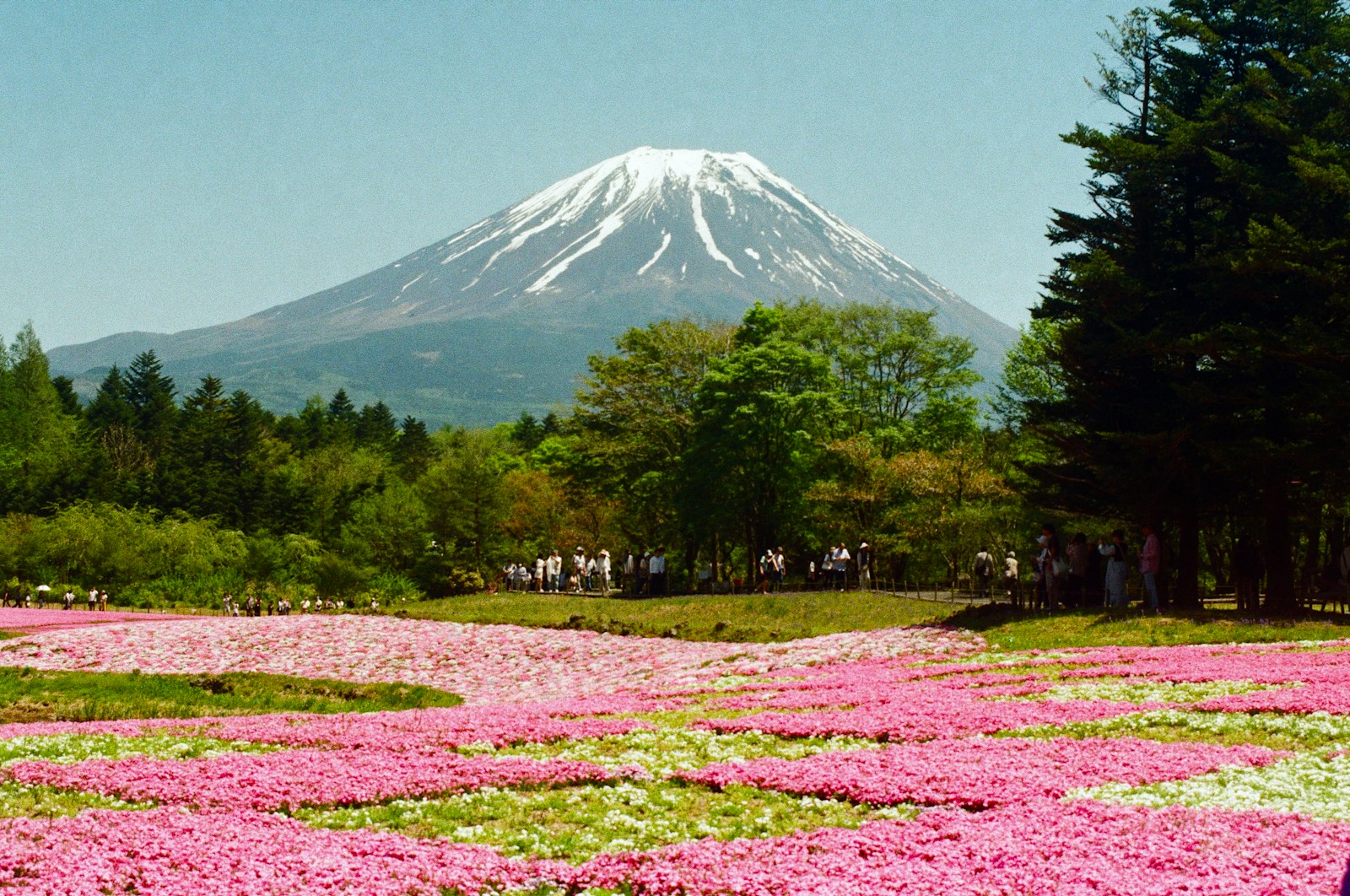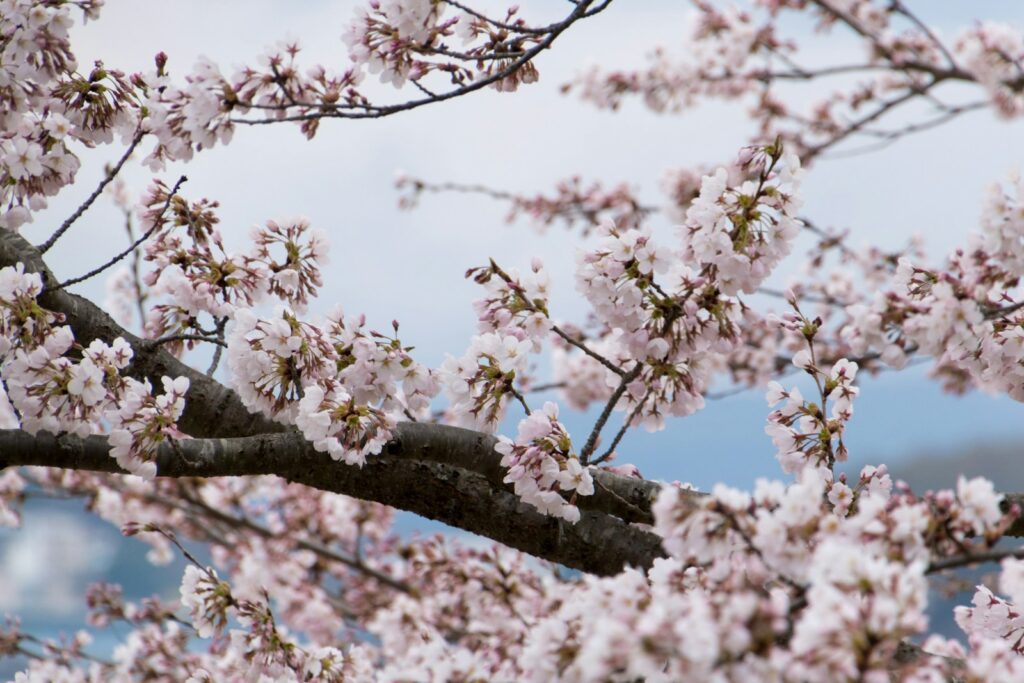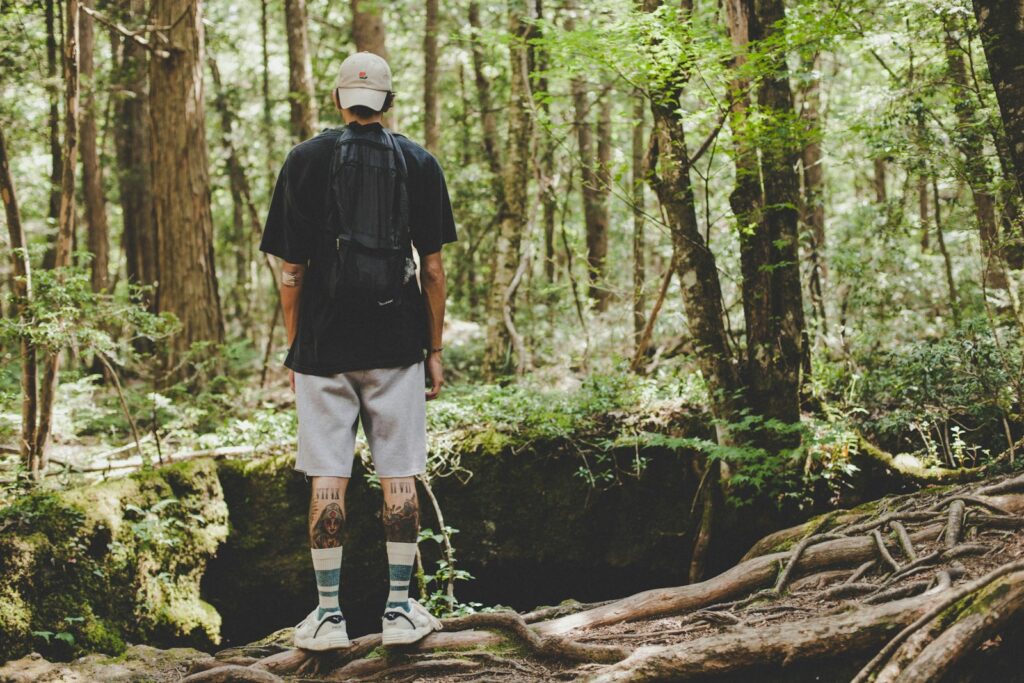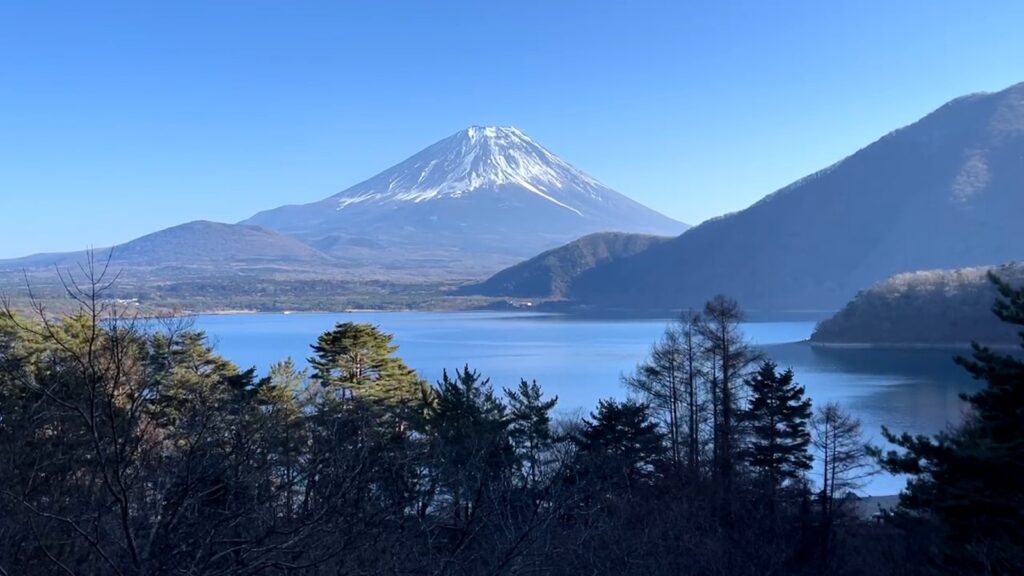
From its near-perfect shape to its cultural significance, Mount Fuji is more than a mountain – it’s a legendary Japanese icon. If you’re looking for an unforgettable adventure with a touch of serenity, history, and natural beauty, Mount Fuji is a destination you won’t want to miss. This article explores everything you need to know to make your journey to Fuji unforgettable: from top things to do, places to eat, travel tips, accessibility, and much more.
Whether you’re an avid hiker ready to conquer its trails or a casual traveller seeking breathtaking views and cultural landmarks, Mount Fuji offers something for everyone. Dive into this guide to discover the magic of Japan’s most celebrated peak and start planning your dream adventure today.
Things to Do at Mount Fuji
Climb to the Summit
Experience the beauty of Mount Fuji up close with a climb to the summit. The main climbing season is in summer, from July to early September when the trails are most accessible. You’ll find four main trails leading up the mountain:
- Yoshida Trail – Ideal for first-time climbers
- Subashiri Trail – Known for its forested sections
- Gotemba Trail – Longer but quieter
- Fujinomiya Trail – The shortest and steepest option
For many, reaching the summit to witness the sunrise – called Goraiko in Japanese – is a profound experience.
Explore the Fuji Five Lakes Region
At the foot of Mount Fuji lies the Fuji Five Lakes area, which includes:
- Lake Kawaguchi – The best spot for stunning reflections of the mountain.
- Lake Yamanaka – Largest lake and popular for water sports.
- Lake Saiko – A serene, less crowded spot.
- Lake Shoji – Known for its unspoiled beauty.
- Lake Motosu – The spot on the back of the 1000 yen bill.
This area offers plenty of activities like boating, fishing, and camping, as well as breathtaking views of Fuji.
Visit the Fujisan Sengen Shrine
At the base of the mountain lies the historic Fujisan Sengen Shrine, a gateway to the sacred mountain and the traditional starting point for pilgrims. With its beautiful red torii gates, quiet woods, and long-standing shrines, this site is a must-see for those interested in Japanese culture.
Beyond its spiritual significance, the shrine also offers a serene atmosphere, perfect for reflection and photography. Visitors can take in the intricate architecture, adorned with ornate carvings, and enjoy the peaceful sounds of nature, making it an ideal spot to connect with both history and the natural beauty of Mount Fuji.
Relax at an Onsen (Hot Spring)
A visit to Japan wouldn’t be complete without experiencing an onsen. Many resorts around the Fuji Five Lakes offer hot springs with spectacular views of Mount Fuji. Consider these:
- Benifuji no Yu – A serene hot spring with a view of Mount Fuji.
- Onsenji Yumedono – A luxury onsen with beautiful private baths.
Top Places to Eat Near Mount Fuji
Traditional Japanese Cuisine
- Hoto Fudo Kawaguchiko – Known for its hearty hot pot noodles called Hoto, perfect for refueling after a day of exploring.
- Fujisan Miharashi – Offers unique Fuji-themed dishes and stunning views of the mountain.
Cafe Options for a Relaxing Break
- Lake Bake – A cozy lakeside café offering freshly baked goods, perfect for enjoying with a view of Lake Kawaguchi.
- Forest Mall Café Kawaguchiko – A stylish café that serves everything from matcha lattes to tasty desserts, ideal for a post-hike treat.
International Flavours
- La Luce – An Italian restaurant near Lake Kawaguchi, known for its pasta and pizzas, offers a break from Japanese cuisine with amazing lake views.
- Tetsuyaki – A fun spot near Lake Kawaguchi for delicious teppanyaki dishes with fresh, locally sourced ingredients.
Accessibility Information
Accessible Trails and Transport
Mount Fuji’s trails vary in difficulty. The Yoshida Trail offers some accessibility features, with clearly marked paths and frequent rest areas. Shuttle buses also have accessible boarding options, especially during peak season.
For those with mobility challenges or who prefer a less strenuous experience, the fifth station of the Yoshida Trail is an excellent option. Here, you can enjoy stunning views of the surrounding landscape, shop for souvenirs, and visit small eateries without tackling the full ascent. Mount Fuji is an inclusive destination where everyone can appreciate its natural and cultural splendor.
Accessible Accommodation
Look for hotels or ryokans (traditional inns) with accessible facilities near the Fuji Five Lakes area. Some options include:
- Fuji View Hotel – Offers wheelchair-accessible rooms and a convenient location.
- Kawaguchiko Lakeside Hotel – A cozy option with accessible amenities and scenic views.
Getting to Mount Fuji from Australia and Elsewhere
From Australia
Most travellers fly from Sydney, Melbourne, or Brisbane to Tokyo (Narita or Haneda Airport). From Tokyo:
- Take the Fuji Excursion Limited Express train from Shinjuku Station directly to Kawaguchiko Station, the gateway to Mount Fuji.
- Alternatively, buses from Shinjuku Station in Tokyo reach Fuji Subaru Line 5th Station, where the Yoshida Trail begins.
From Other International Destinations
Fly into Tokyo or Osaka, and use Japan’s extensive rail and bus networks to reach Mount Fuji. Japan Rail Passes make travel between Tokyo and surrounding areas affordable and convenient for tourists.
Visa Information
Australia, New Zealand, the United States, and most European countries are part of Japan’s Visa Waiver Program for short stays of up to 90 days. However, always check current requirements before departure. Requirements may change, and certain entry protocols, such as proof of return tickets or sufficient funds for your stay, may apply. Additionally, travelers who wish to extend their stay or engage in activities like work or study will need to apply for an appropriate visa in advance.
Travel Essentials for Mount Fuji
Warm Clothing Layers – Even in summer, temperatures at the summit can be close to freezing.
Rain Gear – Weather can change quickly, so a waterproof jacket and backpack cover are crucial.
Flashlight or Headlamp – Necessary for those planning a night climb to catch the sunrise at the summit.
Cash – Many facilities at Mount Fuji don’t accept credit cards.
Rehydration Essentials – Bring plenty of water and snacks, especially for the climb.
Bonus Tip: Winter Views and Alternative Adventures
If climbing isn’t on your agenda, visit in the off-season! Winter offers an incredible view of Mount Fuji blanketed in snow. Nearby areas like Hakone and the Fuji Five Lakes are perfect for sightseeing, nature walks, and even sakura (cherry blossom) viewing in spring.

Mount Fuji Awaits
Whether it’s a thrilling climb, a peaceful lakeside stay, or a chance to immerse yourself in Japanese culture, Mount Fuji offers something unique for every traveller. So, answer the call of Japan’s most iconic peak and make Mount Fuji the highlight of your next adventure.
From the exhilarating sense of accomplishment atop its summit to the tranquil beauty of its reflection in the Five Lakes, every moment spent near Fuji is unforgettable. Whether you’re a nature enthusiast, a culture seeker, or simply looking for a place to unwind, this legendary mountain promises an experience that will stay with you long after your journey ends.
Visit Vietnam: Discover Southeast Asia’s Hidden Gem
Vietnam is a traveller’s dream, offering a rich blend of history, culture, and stunning natural landscapes. Whether you’re seeking serene beaches, luxurious spa experiences, or gourmet dining, Vietnam has it all. In this guide, we’ll explore the top 5 places to visit in Vietnam, key attractions like beachfront accommodations, top-tier spas, fine dining, as well as airline options, visa requirements, and accessibility information. Plus, stick around for a bonus tip at the end!









